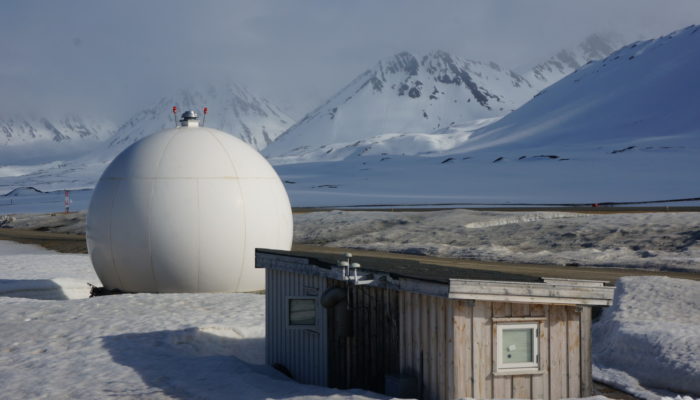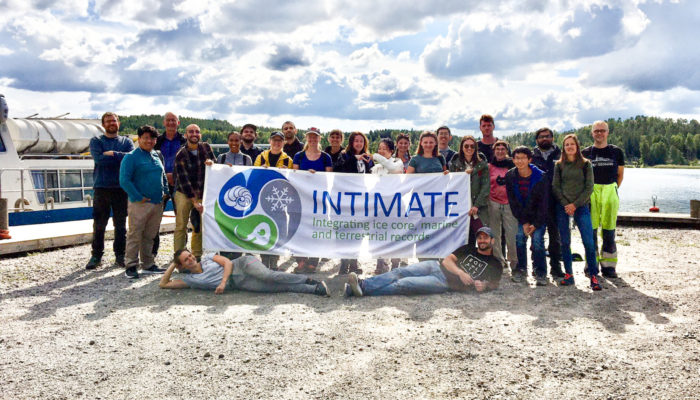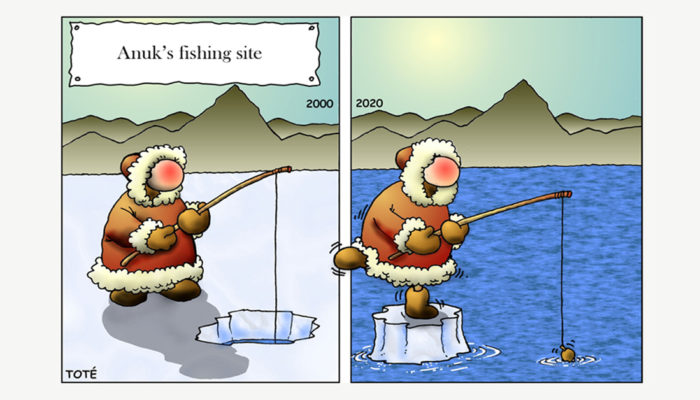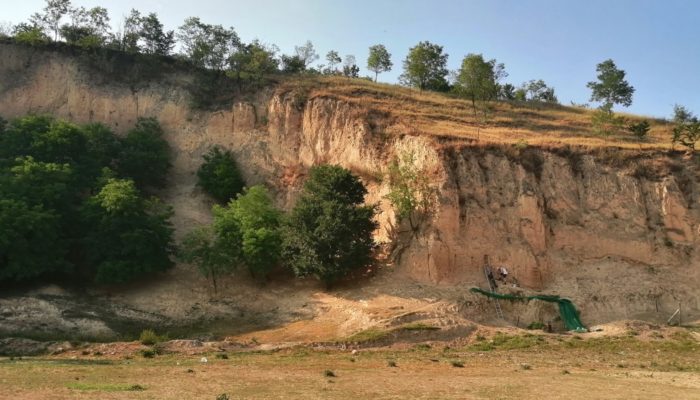The Earth’s climate has been rapidly changing in the last decades. That’s a fact! Virtually, every one of us has been experiencing those changes in person, but how do we know that Earth’s climate has changed in the past beyond the instrumental data of the last ~200 years? From ancient manuscripts to geologic records, there are many “archives” one might consider “reading” to infer or reconstruct pa ...[Read More]
Communicating climate change
Both the uncertainty inherent in scientific data, and the background and ethics of the communicators who report such data to any given audience, can sow doubt about the science of climate change. The perception of this duality is engrained in how the human mind works, whereby we tolerate lies but are always ready to condemn hypocrisy. We illustrate this through a personal experience that is connec ...[Read More]
Land snails in the service of paleoecological studies
Paleoecological use of land snail shells is no longer a new field of science. They are studied by malacologists and palaeontologists who specialise in the study of molluscs. During the last glaciation, loess, a light yellow, fine-grained sediment, was deposited over large areas, mainly in the periglacial regions of Eurasia and North America. In addition to its many advantages, it has also provided ...[Read More]
How glaciers record the winds of change

Primary downlink station for the Gravity Recovery and Climate Experiment (GRACE) and GRACE-Follow On satellite data in Ny-Ålesund, a town in Svalbard, operated as crucial part of the Ground Data System by the Helmholtz Centre Potsdam German Research Center for Geosciences for the joint mission with the NASA Jet Propulsion Laboratory. Source: Carsten Falck from the German Research Center for Geosciences.
After decades of observation, one of the profound consequences of anthropogenic global warming is the rapid rise in temperature in the Arctic, refered to as Arctic Amplification. Compared to the mid-latitudes, warming in the Arctic is twice as fast. The reason is mainly due to the positive feedback of a melting cryosphere: Darker surfaces are revealed from melting cryosphere, reflecting less short ...[Read More]



